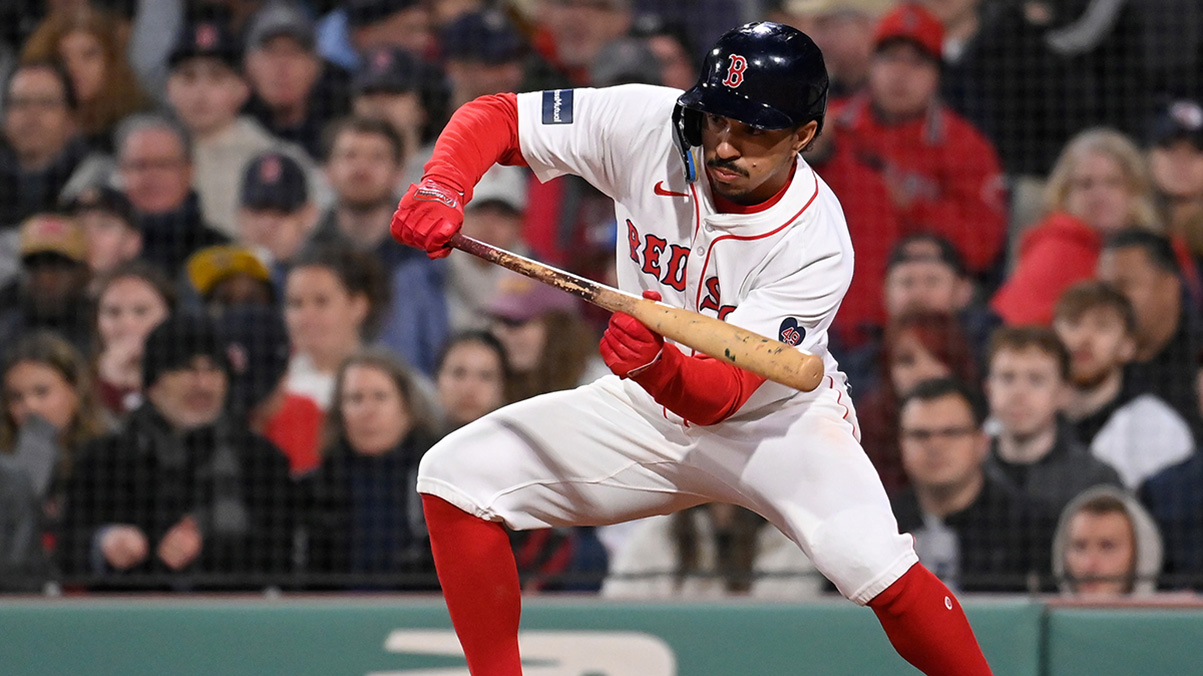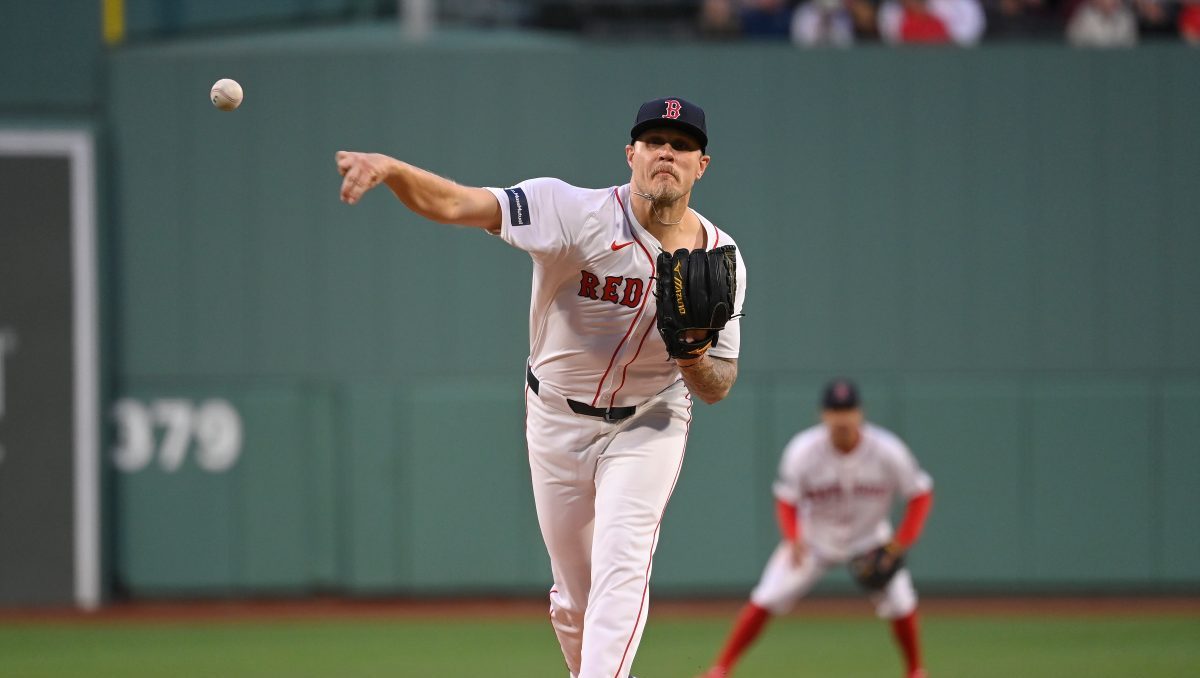As Chris Sale prepares to open a quick two-game series vs. the Rockies on Tuesday, it appears he has found his way.
He's coming off a 14-strikeout gem vs. the Orioles that saw him carry a no-hitter into the sixth. Since an 8-0 loss to the Yankees on April 16, Sale is 1-1 with a 1.73 ERA.
That start in New York stands out for another reason, though. Even though Sale surrendered four runs in five innings, including a home run, the Red Sox found cause for optimism. After pitching with diminished velocity all season -- including an alarming start in Oakland that featured only one offering of even 92 mph -- Sale's fastball jumped to 97 mph in New York.
If he could throw that hard, the reasoning went, success couldn't be far behind.
"I'm not going to be surprised if his next outing he's right where we need him to be," manager Alex Cora said that night. "Stuff-wise, compare it to the first three with the velocity was there, the slider was a lot better, he's very close to the quote-unquote real Chris Sale."
With Sale's velocity still not at last year's levels, we've assured ourselves he'll be fine because he was throwing 97 in New York. But what if he wasn't? Because the more time that passes, the more that game looks like a peculiar anomaly.
Boston Red Sox
Giving credit where it's due, the @redsoxstats Twitter account recently noted that the velocity for both starters that night spiked. Per Baseball Savant, Sale threw 23 pitches above 95 mph, including his only six of the season that have topped 97, and another seven that cleared 96. He has thrown just eight pitches above 95 mph in his other seven starts combined, though seven of them came in last week's outing vs. the Orioles, so maybe we'll see 97 again soon.
Meanwhile, Yankees hurler James Paxton hit 99 mph for the first time since last July and threw 13 pitches above 98, a velocity he has only reached four other times all season.
So what's going on? Was it a hot gun? Did environmental factors play a role? Or did each pitcher simply rear back and find a gear that neither has approached since?
In conversations with league officials, as well as Tufts University professor Dan Brooks, who runs the indispensable Brooks Baseball pitch-tracking site, the idea of a hot gun was pooh-poohed.
Advances in technology such as Statcast have made everything that happens on a field measurable, from spin rate to launch angle to sprint speed. Layers of redundancy make velocity readings particularly accurate, with optical and radar components that check each other. If the radar falters, the pitch can still be measured via a camera, and vice versa.
Both systems are checked on a daily basis, and no issues cropped up in Yankee Stadium on April 16. Not only were all 258 pitches in that game tracked via camera and radar, per a source, but the spin rate was picked up on every one of them, a relatively rare event.
Also, the same systems are used in Yankee Stadium from game to game, which means if there were problems on April 16, there likely would've been issues in other games around that time, too, and MLB received no such alert. An internal analysis of guns across the big leagues found a variance of no more than 0.3 mph in any park, with Yankee Stadium second-highest on the list.
So if it's not the gun, could it have been the wind? April 16 was a blustery day in New York, and the wind was blowing in from right field at the 6:35 first pitch at 12 mph, according to the official box score. Gusts reached 33 mph that evening, however, per Weather Underground records, and wind speeds remained above 20 mph for most of the night.
Much like a sprinter can't set a world record if the tailwind is too high, could velocity increase if the gusts are strong enough at a pitcher's back? Brooks sounded doubtful, though an MLB source suggested that wind could plausibly impact velocity by 1-2 mph or more.
The third explanation is adrenaline and/or setting, with both pitchers amped up to face their rival. It's hard to imagine a veteran like Sale approaching one April start with more emotion than any other, though, and it's also glaring that he only reached 95 mph once in his next three outings.
(At this point we should note that two relievers appeared in the game. New York's Joe Harvey threw 94-95 mph for one inning, which is actually a tick below his 95.7 mph average for April, while Red Sox reliever Erasmo Ramirez threw 90-91 in his only appearance before being designated for assignment.)
In any event, when Sale takes the hill Tuesday on what should be a raw, rainy night, we shouldn't be surprised if he continues this nice little run of dominance, because he's talented enough to win at 93-94 mph. But we also shouldn't expect massive velocity numbers, because his one big night on the radar gun feels like an outlier.
Click here to download the new MyTeams App by NBC Sports! Receive comprehensive coverage of your teams and stream the Celtics easily on your device.


